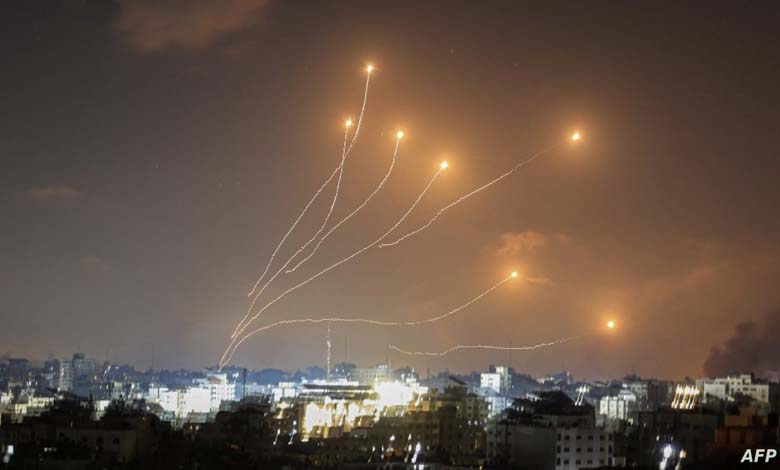Know Hezbollah’s “Primitive” Tactics in Confronting Israeli Technology

Encrypted messages, landline phones, and other outdated technologies have become Hezbollah‘s way of countering Israeli technology.
Following the killing of senior leaders in Israeli airstrikes, Hezbollah, backed by Iran, is utilizing low-tech strategies to evade its opponent’s advanced surveillance technology, according to informed sources cited by Reuters.
In addition to these strategies, Hezbollah also employs its own technology, such as drones, to study and attack Israel’s intelligence gathering capabilities, a strategy described by Hezbollah’s Secretary-General Hassan Nasrallah as “blinding” Israel.
Exchange of fire between the two sides has occurred since Hamas, Hezbollah‘s ally in Gaza, entered into a war with Israel on October 7th of last year.
While the fighting along the southern Lebanese border remained relatively under control, escalating attacks in recent weeks have increased fears of a potential large-scale war.
Tens of thousands of people have fled from both sides of the Lebanese-Israeli border.
Israeli strikes have resulted in the deaths of over 330 Hezbollah fighters and approximately 90 civilians in Lebanon, according to Reuters’ statistics.
However, according to Agence France-Presse, based on data from the party and Lebanese sources, mutual bombardments have led to the deaths of at least 497 people in Lebanon, the majority being Hezbollah fighters, and approximately 95 civilians.
On the Israeli side, Tel Aviv reports that attacks from Lebanon have resulted in the deaths of 21 soldiers and 10 civilians.
Many Hezbollah casualties occurred during their near-daily hostile activities, including missile launches and explosive drone attacks on northern Israel.
Hezbollah has confirmed the deaths of more than 20 prominent members, including three senior leaders and members from the elite “Ridwan Forces” and intelligence units, in targeted strikes away from the frontlines.
How Does the Israeli Army Gather Information About Hezbollah?
In a statement, the Israeli army revealed that its success in these efforts depends on its ability to “collect comprehensive and accurate intelligence about Hezbollah forces, leaders, organizational infrastructure, their locations, and operations.”
The Israeli army did not respond to Reuters’ questions about its intelligence gathering and the countermeasures taken by Hezbollah, citing “intelligence security reasons.”
With internal pressure mounting in Israel due to Hezbollah attacks, the Israeli army highlighted its ability to strike group elements across the borders.
During a visit to Israel’s northern command, Defense Minister Yoav Gallant pointed to images he said were dead Hezbollah leaders and said that 320 fighters were killed by May 29, including prominent elements.
Israeli Technology
Electronic surveillance technology plays a vital role in Israel’s strikes.
The Israeli army stated that it has security cameras and remote sensing systems trained on areas where Hezbollah operates and regularly sends drones across the border to spy on its adversaries.
Israeli electronic eavesdropping, including mobile phone and computer hacking, is widely considered among the most advanced operations worldwide.
-
Is Hezbollah Planning to Return to Syria and Why?
-
Israel Prepares Logistically and Militarily for War with Hezbollah
How Does Hezbollah Face Israeli Superiority?
According to six informed sources speaking on condition of anonymity to discuss sensitive security matters with Reuters, Hezbollah has learned from its losses and adjusted its tactics in response.
Two sources mentioned that mobile phones, which can be used to track user locations, have been banned from the battlefield in favor of old-fashioned communication methods.
-
Hezbollah Strikes Golan Brigade Headquarters with Large Rocket Barrage
-
Israel and Hezbollah… 6 Months of “Measured Tension”
Hezbollah also uses a dedicated fixed communication network dating back to the early 21st century.
In case of intercepted conversations, encrypted words are used for weapons and meeting locations, according to another source familiar with the party’s logistics.
The network is updated almost daily and delivered to units via mail.












